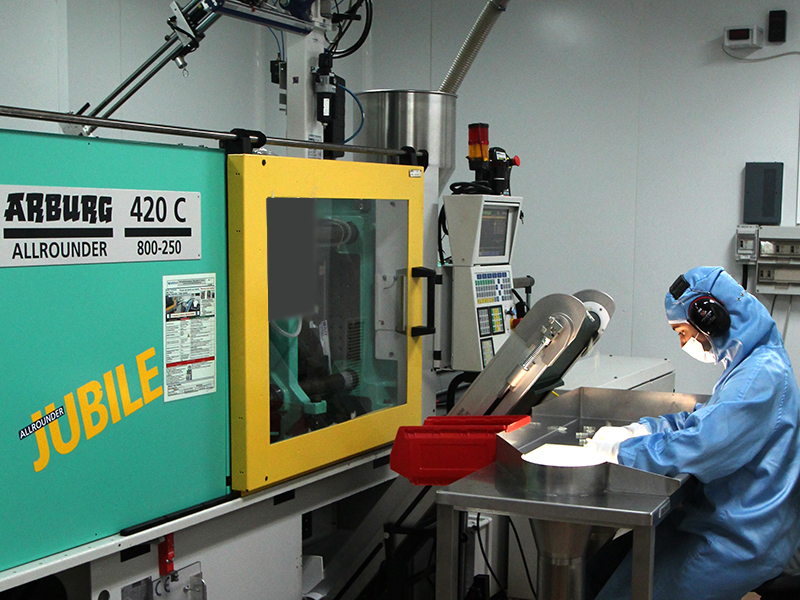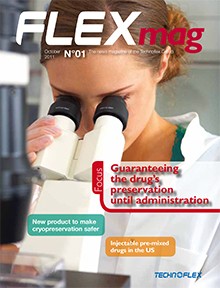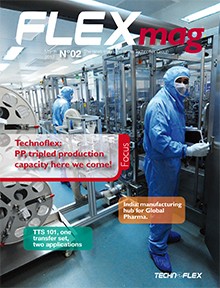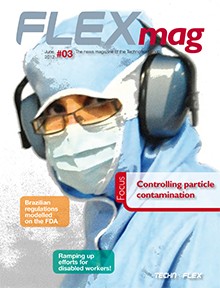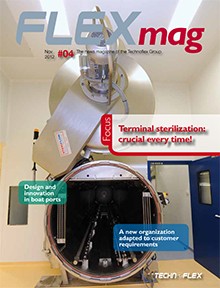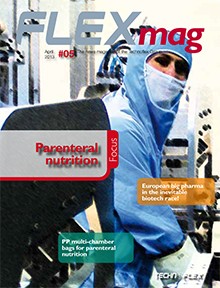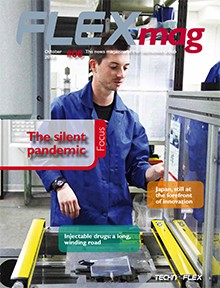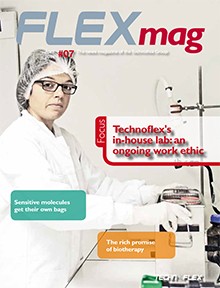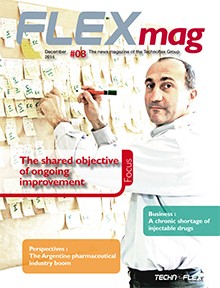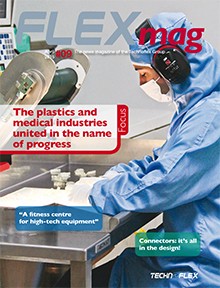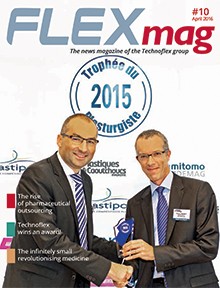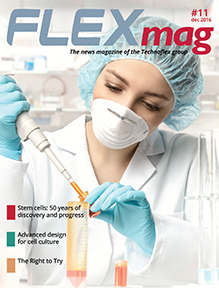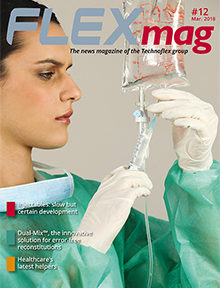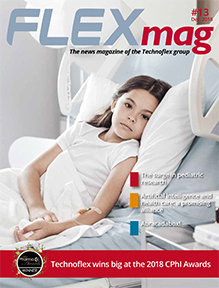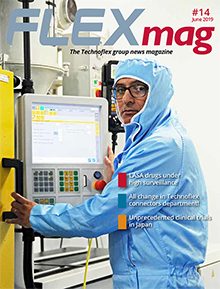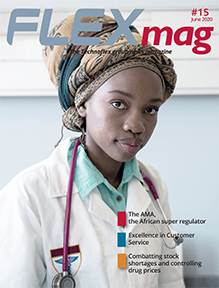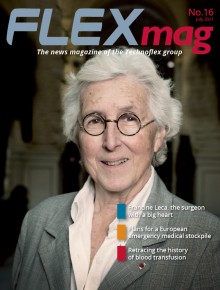The plastic and the medical industries united in the name of progress
Plastic is the most widely used material in the world. Thanks to its many qualities it has become a permanent feature of numerous sectors, including the automotive, IT and aeronautical industries. It is also very prominent in the medical world.
The functional characteristics of plastic offer huge advantages to medicine. Highly resistant, it can serve virtually any purpose. Inert, transparent, opaque, lightweight, flexible and strong, it can act as a barrier and offers good chemical resistance. It is easy to shape and can be processed in several ways: moulding, calendering, rotomoulding, thermoforming, extrusion or plastic injection. The transformation process is selected according to the type of polymer, but above all according to the final use and the form of the finished product. However, the production of injected plastics for pharmaceutical use involves numerous obligations.
The first requirement is irreproachable chemical stability. Plastic packaging is an integral part of the primary packing of injectable drugs, so the plastic must be perfectly inert in order to guarantee the integrity and purity of the solution. The use of additives is broadly prohibited, despite their ability to boost the specific properties of certain polymers (UV protection, moisture barrier, clarifying agent, etc.). There is too much of a risk of interaction with the drugs, leading to a potential adverse reaction in the human body. The challenge is therefore to ensure that the end product meets certain requirements without the use of additives. How? By using different thickness effects to obtain greater flexibility, for example, or taking advantage of the plastic’s surface roughness in order to make it easier to manipulate. Another process is the mixing of special polymers, which undergo regulatory assessment in order to be awarded authorisation from the European Medicines Agency or the Food and Drug Administration. The second imperative is that the material must have good physical stability. In the medical environment where sterilisation is mandatory, connectors are subjected to high temperatures during the terminal sterilisation cycle and/or undergo radiation treatments (Beta or Gamma). So the plastic has to be able to resist deformation caused by heat and any visual (yellowing or opacity) and mechanical (fragility) deterioration induced by radiation. Lastly, the third constraint is the production environment. To ensure optimal sterilisation, good manufacturing conditions are compulsory. For connectors, the injection presses are therefore located in controlled-atmosphere rooms with ISO 7 or ISO 8 certification, ensuring that particular contaminations can be controlled. As for the risk of microbiological contamination, this is reduced by automation of the manufacturing process and by injection procedures that bring the material up to temperatures ranging from 145°C to 300°C. In order to minimise these risks it is crucial for production staff to wear gloves, for equipment in contact with the product to be disinfected periodically, and for the controlled-atmosphere rooms to be cleaned daily.
Despite countless obstacles due to the highly regulated environment of the medical world, plastic has become the material of choice. Consumables, implants, primary packing, equipment, medical devices: plastic is omnipresent in the pharmaceutical industry and in medicine. Both reliable and innovative, it is full of promise and constantly evolving. New polymers emerge each year, bringing invaluable medical progress with them. Plastics and plastic processing still have a great future in healthcare!
Sylvie Ponlot
Did you know: Nano-polymers are used to transport active ingredients directly to damaged cells. Biocompatible polymers are also employed to rebuild injured tendons.
